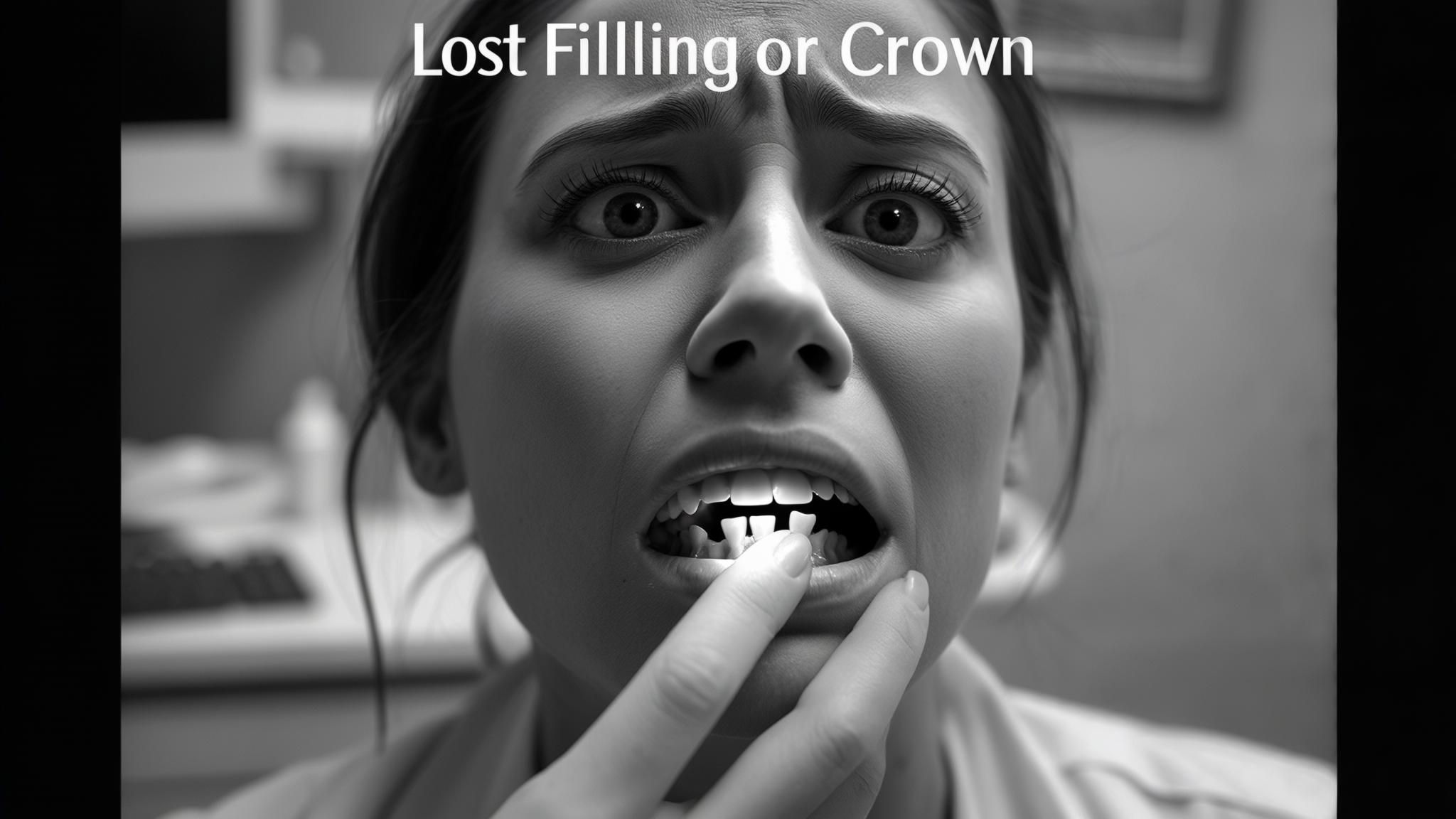Understanding Dental Fillings and Crowns
Dental fillings and crowns are essential components in maintaining oral health and restoring the function and appearance of teeth. Fillings are used primarily to treat cavities, which are small holes in the teeth caused by decay. These fillings can be made from various materials such as composite resin, which matches the tooth color, or amalgam, a durable mixture of metals.
Crowns, on the other hand, are used to cover and protect a tooth that has been significantly damaged, often due to decay or trauma. They can be crafted from materials like porcelain, which looks natural, or metal, which offers strength. Fillings and crowns may become loose or fall out due to several reasons, including decay beneath the restoration, general wear and tear, or sudden trauma.
Recognizing the Symptoms of a Lost Filling or Crown
If you've lost a filling or crown, you might notice sensitivity to hot or cold temperatures, or feel discomfort when biting down. You might see a visible gap or hole in the tooth where the restoration once was. Pain or discomfort can also arise in the affected area, and you may feel the restoration is loose or missing altogether.
Immediate Steps to Take After Losing a Filling or Crown
First, assess the situation by checking for pain and discomfort, and inspect the tooth and surrounding area. It's crucial to maintain oral hygiene, so gently rinse your mouth with warm salt water to keep it clean. Avoid chewing with the affected tooth to prevent further damage.
Temporary Fixes for Lost Fillings
For a lost filling, you can use over-the-counter dental cement available at most pharmacies. Follow the instructions on the package to apply it. If dental cement isn't available, sugar-free gum or dental wax can be molded and placed over the gap temporarily. Remember, these are short-term solutions. For pain relief, applying clove oil with a cotton swab can help, but use it sparingly.
Temporary Fixes for Lost Crowns
If a crown has come off, try to clean it and the tooth before attempting to reattach it with temporary dental cement. Ensure the crown is free of debris and fits correctly. Alternatively, dental adhesive or dental wax can be used to temporarily hold the crown in place. Manage pain with over-the-counter pain relievers and avoid hard or sticky foods.
When to Seek Immediate Dental Care
Seek immediate dental care if you notice signs of an infection, such as swelling, fever, or pus. Severe pain that over-the-counter medications cannot manage or difficulty eating or speaking are also signs that you need prompt professional attention.
Conclusion
Addressing lost fillings and crowns promptly is crucial to prevent further dental issues. While temporary fixes can help, seeing a dentist as soon as possible is important for a permanent solution. Maintaining good oral health can prevent future emergencies and keep your smile healthy.
Additional Resources
- American Dental Association for more information on dental care.
- Local dental clinics can provide immediate assistance; check your area for contact details.
- Explore articles on oral hygiene practices to prevent dental emergencies on trusted health websites.

